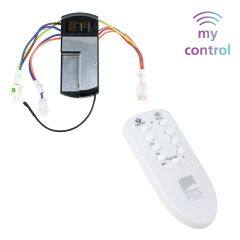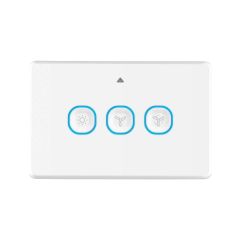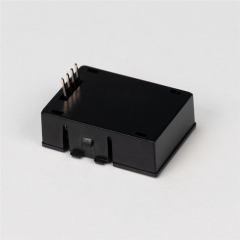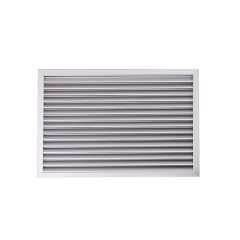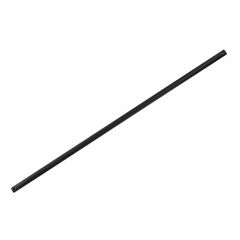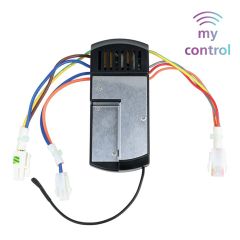It's now easier than ever to upgrade your non-remote ceiling fan to a remote-controlled one, as long as it is compatible. By purchasing a compatible remote control kit and having it installed on your fan, you can enjoy added convenience. Gone are the days of having to get up and manually adjust the fan's settings on the wall control to achieve your desired airflow. Depending on the type of ceiling fan you have, the compatible remote control kit may offer various features, including timers, a summer/winter reverse fan rotation function, different fan speed levels, and, if applicable, control over the fan's light functionality.
An extension rod, also referred to as a downrod, is intended to decrease the height of a ceiling fan, enabling it to provide the best possible airflow for ceilings taller than 2.7 meters. These extension rods commonly come in lengths of 600mm, 900mm, 910mm, and 1800mm. It is crucial to note that each extension rod is designed for specific ceiling fans, so it is essential to purchase one that is compatible with your particular fan.
When choosing a ceiling fan to buy, if the fan you are considering does not have a built-in light and you need a light on your fan, ensure that the fan is compatible with a separate fan light kit. If you find a fan that has a compatible light kit, ensure that the colour of the light kit matches the colour of the ceiling fan, unless you intentionally prefer a mismatched colour theme.
Ceiling fans that do not have a remote control are typically equipped with a wall control instead. It's important to note that you cannot use both a wall control and a remote control simultaneously for a ceiling fan, unless an adapter is integrated. If you're looking to replace an existing or outdated wall control, or if you want to switch from using pull chains, our ceiling fan wall control kit is an excellent option for you.
Smart Ceiling Fan Accessories
Smart ceiling fan accessories are innovative devices designed to enhance the functionality and convenience of your ceiling fan. These accessories often include smart controllers or hubs that enable you to control your fan through voice commands or mobile applications. With these accessories, you can adjust fan speed, set timers, and even integrate your ceiling fan into your smart home ecosystem. Some accessories also offer additional features like built-in lighting control, energy monitoring, and compatibility with virtual assistants. By incorporating smart ceiling fan accessories, you can elevate your comfort and effortlessly manage your fan settings with modern technology.
Smart Wall Controller
A smart wall controller for fans is a technologically advanced device that replaces traditional wall switches and adds smart functionality to your ceiling fan. This controller allows you to control various aspects of your fan, such as speed, direction, and lighting, using intuitive touch controls or through smartphone apps. With a smart wall controller, you can conveniently adjust fan settings, set schedules, and even integrate it with voice assistants like Amazon Alexa or Google Assistant for hands-free control. It offers a seamless and modern way to manage your ceiling fan, providing enhanced comfort and convenience in your living space.
Vent grilles are typically installed in walls, floors, or ceilings and serve as an entry point for conditioned or heated air to enter a room. They feature a pattern of openings or slats that allow air to flow while preventing the entry of debris or unwanted objects. Vent grilles come in various sizes, materials, and designs to suit different aesthetic and functional needs. Their primary purpose is to ensure proper air circulation and maintain a comfortable indoor environment by directing airflow in a controlled manner.
Ducting refers to a system of conduits or channels used to transport air, gases, or liquids from one location to another. In the context of HVAC (Heating, Ventilation, and Air Conditioning) systems, ducting plays a crucial role in distributing conditioned air throughout a building. It consists of a network of interconnected pipes or tubes that deliver air from the HVAC unit to various rooms or spaces. Ducting can be made from different materials, such as sheet metal, fiberglass, or flexible materials like insulated flex duct. Properly designed and installed ducting ensures efficient airflow, maintains consistent temperatures, and helps to remove stale air or pollutants, contributing to a comfortable and healthy indoor environment.




















